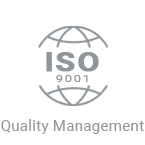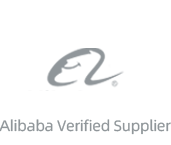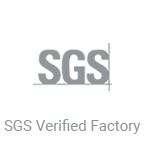Hot melt adhesive films have gained significant popularity across industries due to their versatile applications, ease of use, and strong bonding properties. These adhesive films are used in various sectors such as automotive, textiles, electronics, packaging, and medical, among others. Hot melt adhesive films are particularly known for their ability to bond materials quickly without requiring solvents or water. This article provides an in-depth look at hot melt adhesive film manufacturers, the types of adhesive films they produce, and how they are shaping various industries.
What Are Hot Melt Adhesive Films?
Hot melt adhesive films are solid, thermoplastic adhesives that melt when heated, allowing them to bond with substrates. The adhesive solidifies once it cools down, creating a strong bond between materials. These films are widely used in applications that require fast and durable adhesion without the mess of liquid adhesives.
The basic composition of hot melt adhesive films includes resins, plasticizers, stabilizers, and other additives. They are available in various forms such as sheets, rolls, or pre-cut shapes. Hot melt adhesive films are favored for their clean application process, especially in automated manufacturing settings.
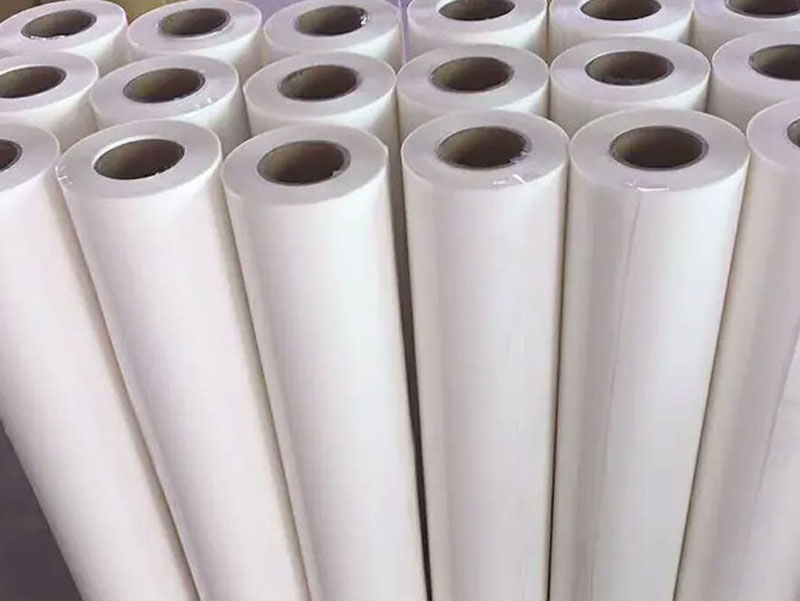
The Manufacturing Process of Hot Melt Adhesive Films
The production of hot melt adhesive films involves several steps:
- Raw Material Selection: The first step in manufacturing hot melt adhesive films is selecting the right materials. This includes choosing the appropriate resin, such as EVA (Ethylene Vinyl Acetate), polyamide, polyurethane, or polyester. The resin determines the adhesive’s characteristics such as melting point, flexibility, and resistance to environmental factors.
- Melting and Mixing: The raw materials are melted and mixed in large tanks or extruders. During this stage, other ingredients such as plasticizers, stabilizers, and curing agents are added to enhance the adhesive’s performance. The mixture is kept at a consistent temperature to ensure that the adhesive maintains the correct viscosity.
- Film Extrusion: The molten mixture is then extruded through a die to form a continuous film. The thickness of the film can be adjusted depending on the application. After extrusion, the film is cooled down and solidified.
- Slitting and Cutting: Once the adhesive film has cooled and solidified, it is slit into rolls or sheets, depending on the manufacturer’s requirements. This is typically followed by testing to ensure the adhesive film meets industry standards in terms of performance, consistency, and durability.
- Quality Control: Rigorous testing is done to ensure the adhesive film performs well under various conditions. This includes tests for bond strength, flexibility, heat resistance, and moisture resistance. Only films that pass these tests are packaged and shipped to customers.
Types of Hot Melt Adhesive Films
There are several types of hot melt adhesive films, each suited for different applications. Some of the most common types include:
- EVA-Based Films: Ethylene Vinyl Acetate (EVA) is one of the most popular materials used in hot melt adhesive films due to its excellent bonding properties and ease of use. EVA-based films are commonly used in packaging, textiles, and automotive applications.
- Polyamide-Based Films: Polyamide films are known for their high-temperature resistance and excellent adhesion to a variety of materials. They are ideal for applications in the automotive industry, electronics, and construction, where heat resistance is critical.
- Polyurethane-Based Films: Polyurethane hot melt adhesive films are flexible, durable, and resistant to chemicals, making them suitable for high-performance applications in the medical, automotive, and footwear industries.
- Polyester-Based Films: Polyester films are particularly valued for their strength and resistance to chemicals and UV light. These films are commonly used in electronics and packaging applications where durability and longevity are essential.
Applications of Hot Melt Adhesive Films
Hot melt adhesive films are used in a wide range of industries due to their versatility and performance. Some of the most common applications include:
- Textile Industry: In the textile industry, hot melt adhesive films are used for bonding fabrics in clothing, upholstery, and other textile products. The adhesive film’s flexibility and ability to withstand washing make it an ideal choice for garment assembly.
- Automotive Industry: Hot melt adhesive films are used in automotive manufacturing for bonding parts such as interior panels, trim, and carpets. They provide a durable bond that can withstand the stresses and vibrations encountered in vehicles.
- Packaging Industry: Hot melt adhesive films are widely used in packaging for sealing boxes, labels, and other packaging materials. Their quick application and strong adhesion make them essential in high-speed packaging lines.
- Electronics Industry: In the electronics industry, hot melt adhesive films are used for assembling components such as screens, touch panels, and other delicate parts. Their precision and ability to bond without damaging sensitive components are key advantages.
- Medical Applications: Hot melt adhesive films are used in medical devices and wound care products. Their ability to form secure, non-toxic bonds makes them ideal for applications like bandages, dressings, and medical device assembly.
Leading Hot Melt Adhesive Film Manufacturers
Several manufacturers specialize in producing high-quality hot melt adhesive films. Some of the leading companies in this field include:
- Henkel AG & Co. KGaA: Henkel is a global leader in adhesives and sealants, including hot melt adhesive films. The company offers a wide range of products designed for various industries, including packaging, automotive, and electronics.
- 3M Company: 3M is known for its innovative adhesive solutions, including hot melt adhesive films. The company’s products are used in a wide range of industries, from automotive to medical, and are recognized for their high performance and reliability.
- Bostik, Inc.: Bostik specializes in providing advanced adhesive solutions, including hot melt adhesive films. The company’s products are used in a variety of industries, including automotive, electronics, and construction.
- Sika AG: Sika is a global leader in bonding and sealing solutions, including hot melt adhesive films. Their products are widely used in the construction and automotive industries, known for their durability and strength.
- DOW Chemical: DOW produces high-performance hot melt adhesives that are used in a range of applications, including packaging, automotive, and consumer goods. Their products are designed to meet the most demanding bonding needs.
The Future of Hot Melt Adhesive Films
The hot melt adhesive film market is expected to continue growing due to the increasing demand for fast, reliable bonding solutions across industries. Manufacturers are focused on developing new formulations that offer enhanced performance, such as higher heat resistance, improved chemical resistance, and better flexibility. The demand for eco-friendly and sustainable adhesive solutions is also driving innovation in this field.
With advancements in technology, including the development of more efficient manufacturing processes, hot melt adhesive films are becoming more cost-effective and accessible to a wider range of industries. Additionally, as industries continue to push for faster production times and higher quality standards, the role of hot melt adhesive films will likely continue to expand.
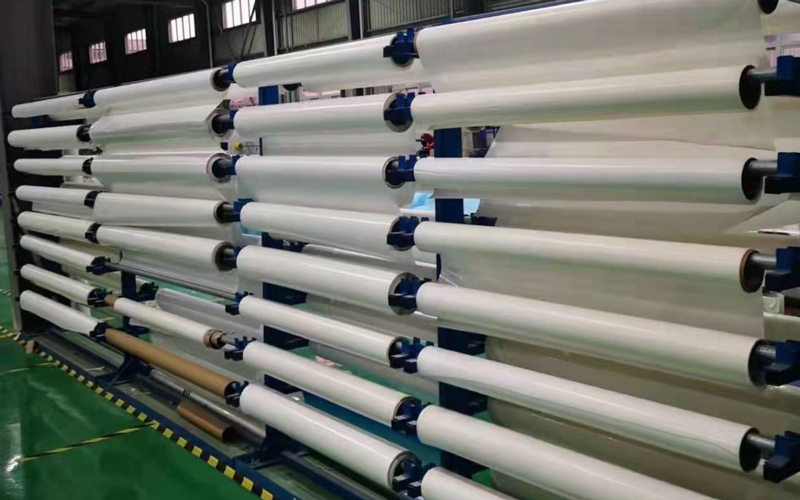
Conclusion
Hot melt adhesive film manufacturers – Alster, play a crucial role in providing industries with efficient, durable, and fast bonding solutions. With a diverse range of applications across various sectors, these adhesive films are an essential part of modern manufacturing. The continued evolution of adhesive technology promises even greater advancements in the performance and versatility of hot melt adhesive films, ensuring their place in future industrial applications.


